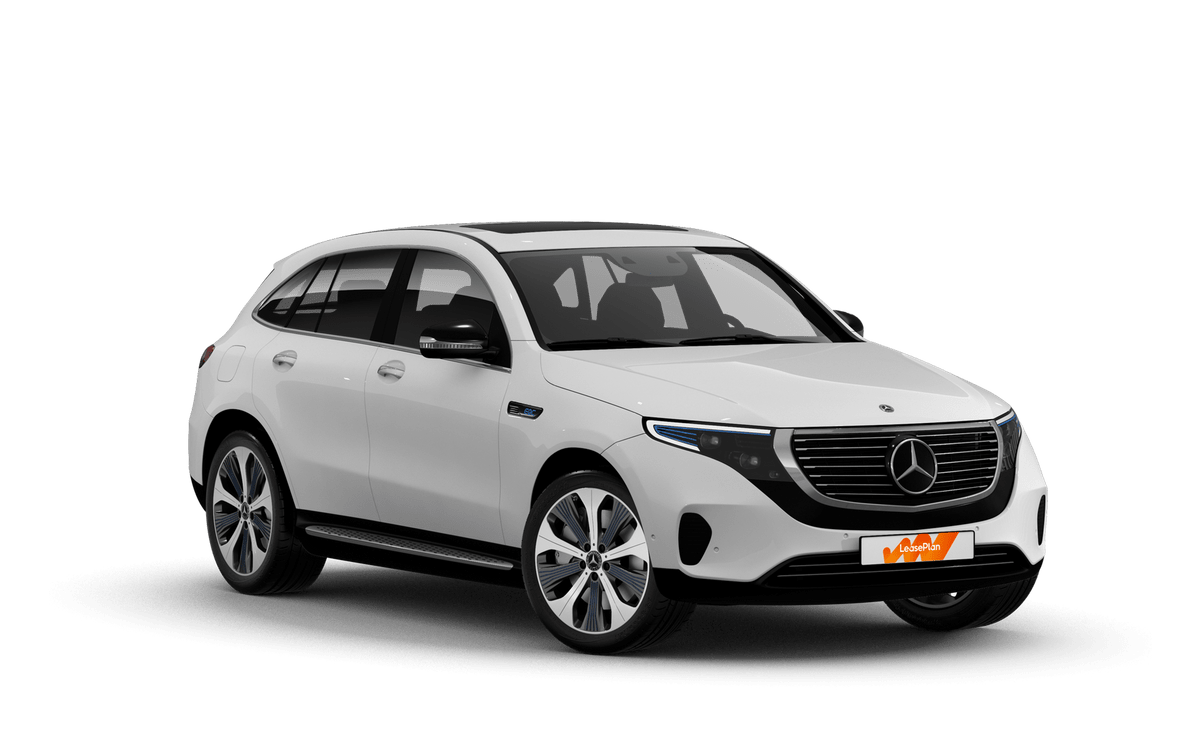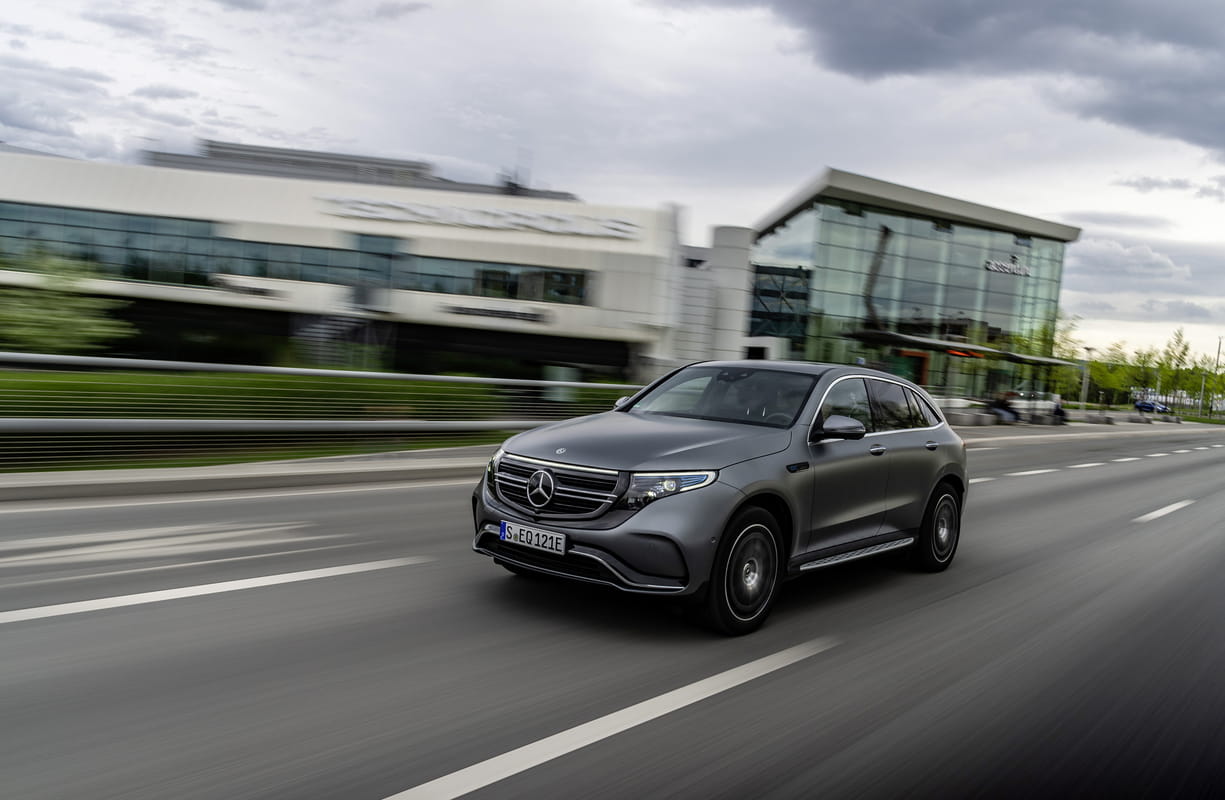
Car review – Mercedes-Benz EQC
The first “real” electric Mercedes
Even before the arrival of the new EQA, this EQC was the first “real” electric car from the German brand. With its recently reduced entry-level price, it repositions itself against the Audi e-tron, Jaguar I-Pace and BMW iX3.
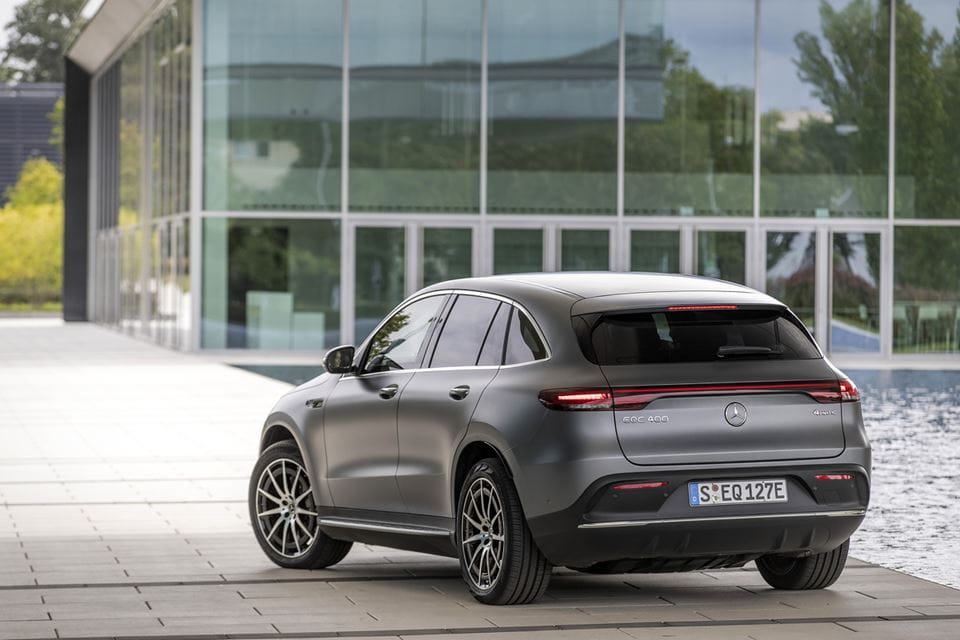
An evenly matched fight
The basis of the EQC is the same as that of the GLC. It shares about 15% of its parts and is clearly related to it in terms of size and looks. Yet you can see that this is a different car. At 4.76 metres, it is eleven centimetres longer and is about the same height and width.
In terms of power (408 hp) and torque (760 Nm), the EQC leads the way in its segment: the Audi e-tron 55 quattro has 408 hp and 664 Nm, the Jaguar I-Pace EV400 400 hp and 696 Nm. The BMW iX3 lags a bit behind with 286 hp and 600 Nm.
The four-wheel drive is powered by two electric motors, at the front and rear, which get their energy from an 80 kWh battery. This weighs about 650 kg and brings the total mass of the SUV to a hefty 2.4 tons.
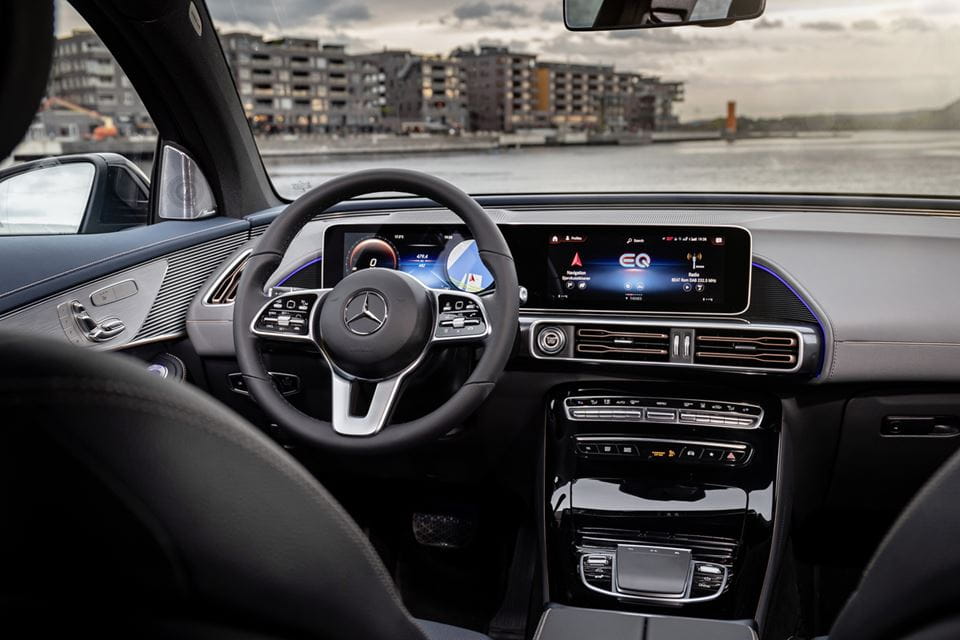
Fast performance
In the default Comfort mode, the EQC is quick but not lightning fast. In Sport mode, however, you’ll be surprised by the push in the back you get when you floor the right pedal.
When cornering hard, you’ll also notice that the tyres are working flat out to keep all that force heading in the right direction. This is a performance EV that effortlessly delivers a really exciting ride. The sprint to 100 km/h takes just 5.1 seconds.
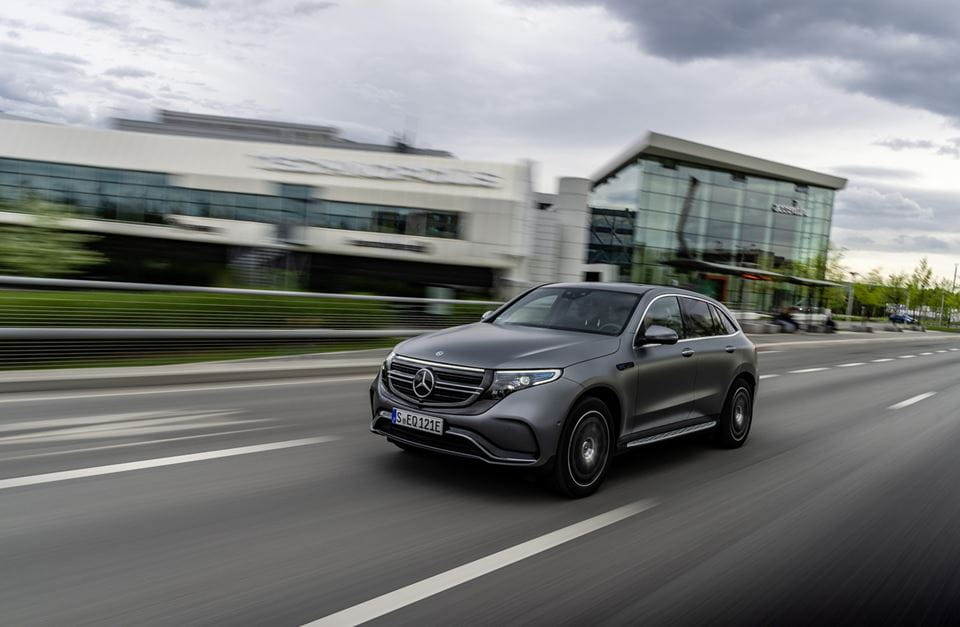
Range and consumption
If you’re using the full electric power, you of course can’t expect it to last the WLTP range of 413 kilometres. When the battery was fully charged, our test car displayed about 347 kilometres each time, which is quite realistic if you’re not just doing motorways so it can regularly top up regeneratively when braking and coasting.
Our test consumption was 25.3 kWh/100 km, which differs only slightly from the official WLTP standard consumption of 22.3 kWh/100 km. At €0.28/kWh, this means an actual electricity cost of €7.1 per 100 km.
From slow to quite fast
You can charge the EQC’s battery using a domestic socket but you’ll need to be prepared to wait over 41 hours. The most realistic solution is therefore a wallbox or charging station. The charging capacity of the EQC itself is now 11 kW. Charging from 10 to 100% takes at least 7 hours and 30 minutes.
It can fast charge up to 110 kW (150 kW for Audi, 100 kW for Jaguar), making it possible to get the battery from 10 to 80% SoC in about forty minutes. At 50 kW that would take about an hour and a half.

